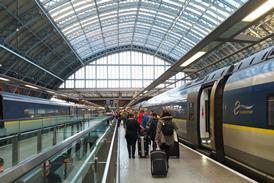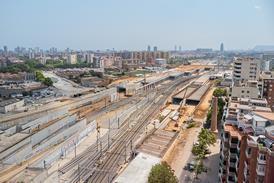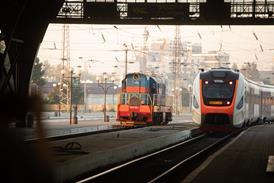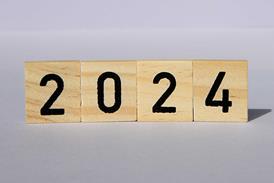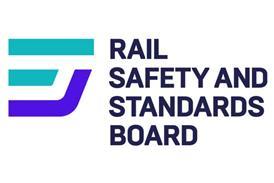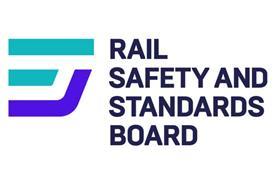UK OPERATORS have been criticised in recent years for buying trains that are heavier and use more energy per seat-km than those they replace. Key factors have been crashworthiness, retention toilets, air-conditioning and the need to accommodate wheelchairs. This, it is claimed even by transport ministers, has increased kWh/seat-km and the costs of track maintenance. A conference in London on Rail & the Environment heard a very different perspective from George Muir, Director General of the Association of Train Operating Companies, who showed how ’rail has reduced its carbon footprint per passenger-km by about 20% in the last 10 years’. Over the same period, Muir said fuel consumption per car had risen by only 3%, with occupancy declining slightly. ATOC studied overall fleet energy consumption as opposed to the performance of single vehicles. Looking at kWh purchased since 1995-96, Muir said consumption had increased by 22%, but so had train-km run by electric trains. So kWh/train-km has not changed ’even though - as everybody keeps telling us - the new trains are heavier, more powerful, and in principle take more power’. At the same time, average train loadings have increased. This alone has reduced CO2 per passenger-km by 15% for the diesel fleet and 22% for electric trains, giving a reduction of 19% for UK passenger trains as a whole. ’We will be improving our position very considerably’, Muir predicted. ’Our main contribution to climate change is to carry a greater share of the national traffic’. n
- Home
- News
- In depth
- Events
- Maps & Data
- Magazines
- Tenders & Jobs
- Sponsored content
Rail cuts CO2 emissions by 20%
By Railway Gazette International and Richard Hope2007-03-01T11:00:00+00:00
Related articles
-
 News
NewsSpain to support Indian railway development
2024-10-31T09:00:00Z By Railway Gazette International
INDIA: Spain’s Ministry of Transport & Sustainable Mobility has signed a memorandum of understanding to support Indian Railways in developing and upgrading its network. The initial agreement runs for five years, when a number of pilot projects are envisaged, to be followed by automatic annual renewals. ...
-
 News
NewsManchester to host the 2025 Rail Business Awards
2024-10-02T11:28:00Z By Rail Business UK
UK: The annual Rail Business Awards which recognise and reward excellence across every aspect of the industry will be back in Manchester in 2025.
-
 News
NewsInternational Level Crossing Awareness Day focuses on vulnerable people
2024-06-06T11:45:00Z By Railway Gazette International
INTERNATIONAL: ‘Beware of trains. Life can change in a split second’ is the slogan for the 16th International Level Crossing Awareness Day, which this year has a particular emphasis on the safety of vulnerable people. Around 50 countries take part in the annual ILCAD campaign which ...
Site powered by Webvision Cloud

